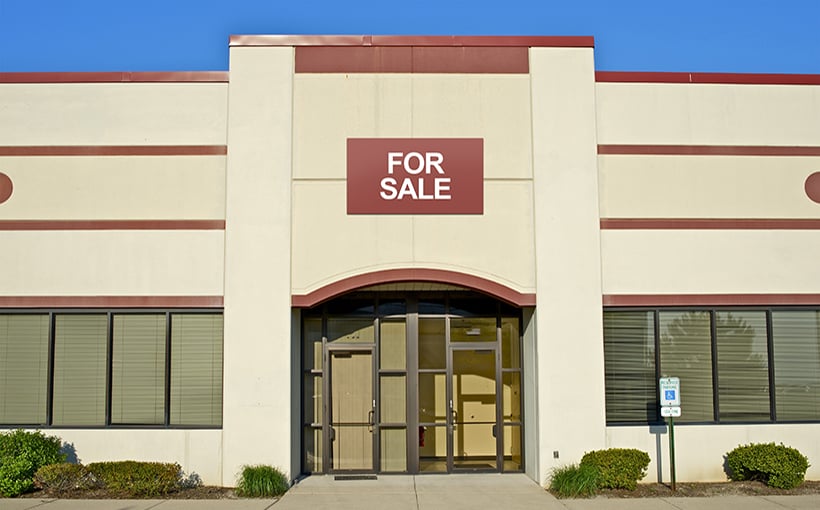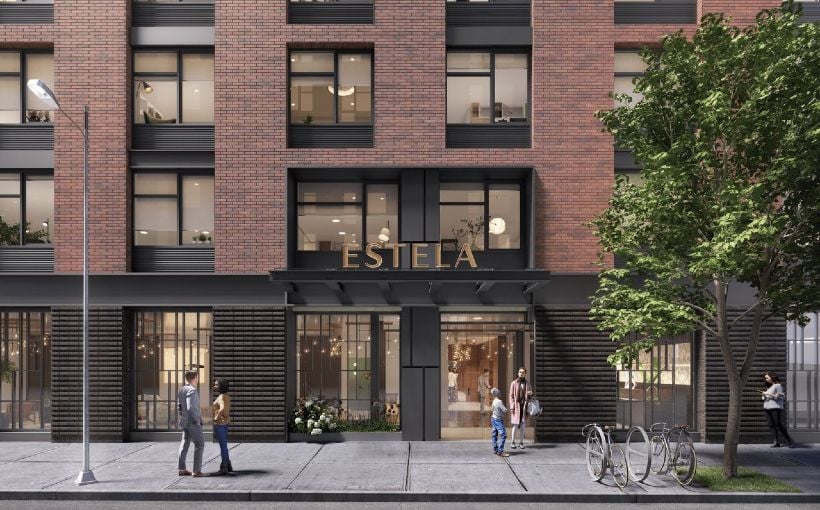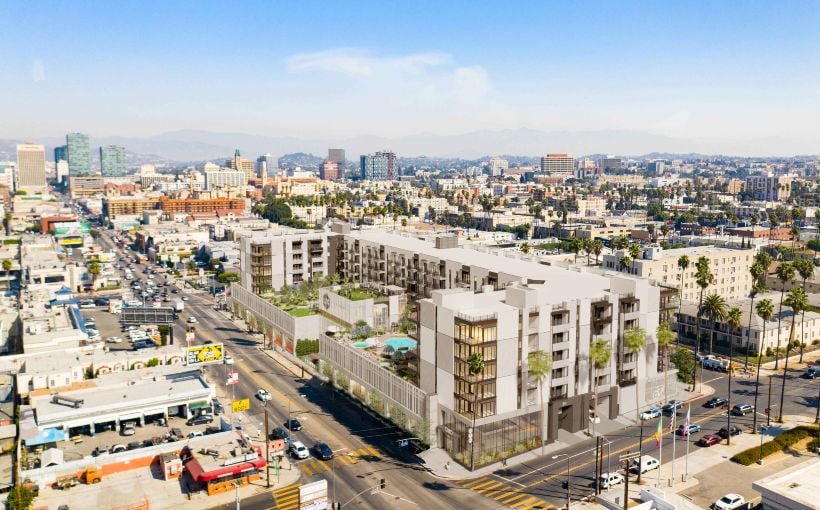This article is the third installment in a five-part series focusing on the commercial real estate retail sector. The first three articles, titled “Understanding the Retail Sector: Past and Present,” “Retail Economics: Supply, Demand, and Consumer Spending,” and “The Top-Performing Retail Spaces” are now available.
According to recent reports from the Bureau of Economic Analysis, there has been an annual increase of 2.8% in Q2 2024 for Gross Domestic Product (GDP). This growth can be attributed to increased consumer spending, inventory investment, and business investment.
With continued consumer spending driving its success, experts in this field have declared retail space as one of the most desirable investments in real estate currently. Dave Cheatham from X Team Retail Advisors notes that just five years ago there were concerns about a potential “retail apocalypse”, but those predictions have proven false as retailers continue to thrive despite challenges.
But why exactly is retail such an attractive option? According to JLL’s Q1 2024 report on U.S. retail investment activity , while interest rates remain high causing some hesitation among investors when it comes to transactions and deal sizes decreasing slightly; overall performance for this sector remains strong compared with other asset types.
Cushman & Wakefield’s Q2 U.S Shopping Center Report also highlights how tight leasing conditions coupled with a resilient economy contribute towards making retail spaces highly sought after investments well into 2025. Chris Wilson from JLL adds that many areas across America are seeing rent increases specifically within their respective regions’ open-air centers – further solidifying its position as a top-performing asset class according Douglas Green at MSC Principal .
However not all forms of ‘retail’ should be generalized under one umbrella term – each type varies greatly depending upon location or size etc., which means not all investors will treat them equally either! For example Melissa McDonald principal at The Providence Group explains how power center retails are becoming less popular due to a lack of creditworthy backfill tenants, while multi-tenant retail strips and grocery-anchored centers remain in high demand.
Robert Myers from Phillips Edison also notes how ownership composition for grocery-anchored retails is highly fragmented with over 60% being owned by private real estate companies or individuals. This means that when it comes time to sell these assets often go through the brokerage community but they also reach out directly to owners too as this helps keep them top-of-mind when an owner decides its time for a sale.
Another factor affecting the retail sector is pricing disconnect – which can vary depending on location and type of space available. Rhiana Lindsey at Primestor explains how there’s been aggressive pricing within grocery anchored assets but more caution around non-grocery anchored plays; resulting in debt prices varying by 200 – 300 basis points between these two categories.
James Chung founder and principal at Econonic Company agrees with this observation noting that there’s still plenty of capital waiting for just the right opportunity, however inventory remains limited especially when it comes to desired product types such as grocery-anchored shopping centers. As competition among investors intensifies even newcomers have started showing interest according Darrell Palasciano broker from The Providence Group who has noticed an increase in non-retail companies entering into this market recently too!
Looking towards future trends experts believe muted construction coupled with continued consumer spending will continue attracting investors towards retail spaces well into near future! James Chung expects lending behavior will calm down while private capital leads charge over institutional investments because fundamentals remain strong making retail one desirable investment option moving forward!
Rhiana Lindsey adds consumers’ preference towards physical shopping experiences should further boost investor confidence particularly within experiential retails like food entertainment community spaces etc., especially if located close public transport hubs!




